Today’s #kanji is #性, which is made of its semantic element of #りっしんべん(忄) and its phonetic element of 生. The single character can be pronounced in 3 different ways. Do you know them all?


Today’s #kanji is #性, which is made of its semantic element of #りっしんべん(忄) and its phonetic element of 生. The single character can be pronounced in 3 different ways. Do you know them all?
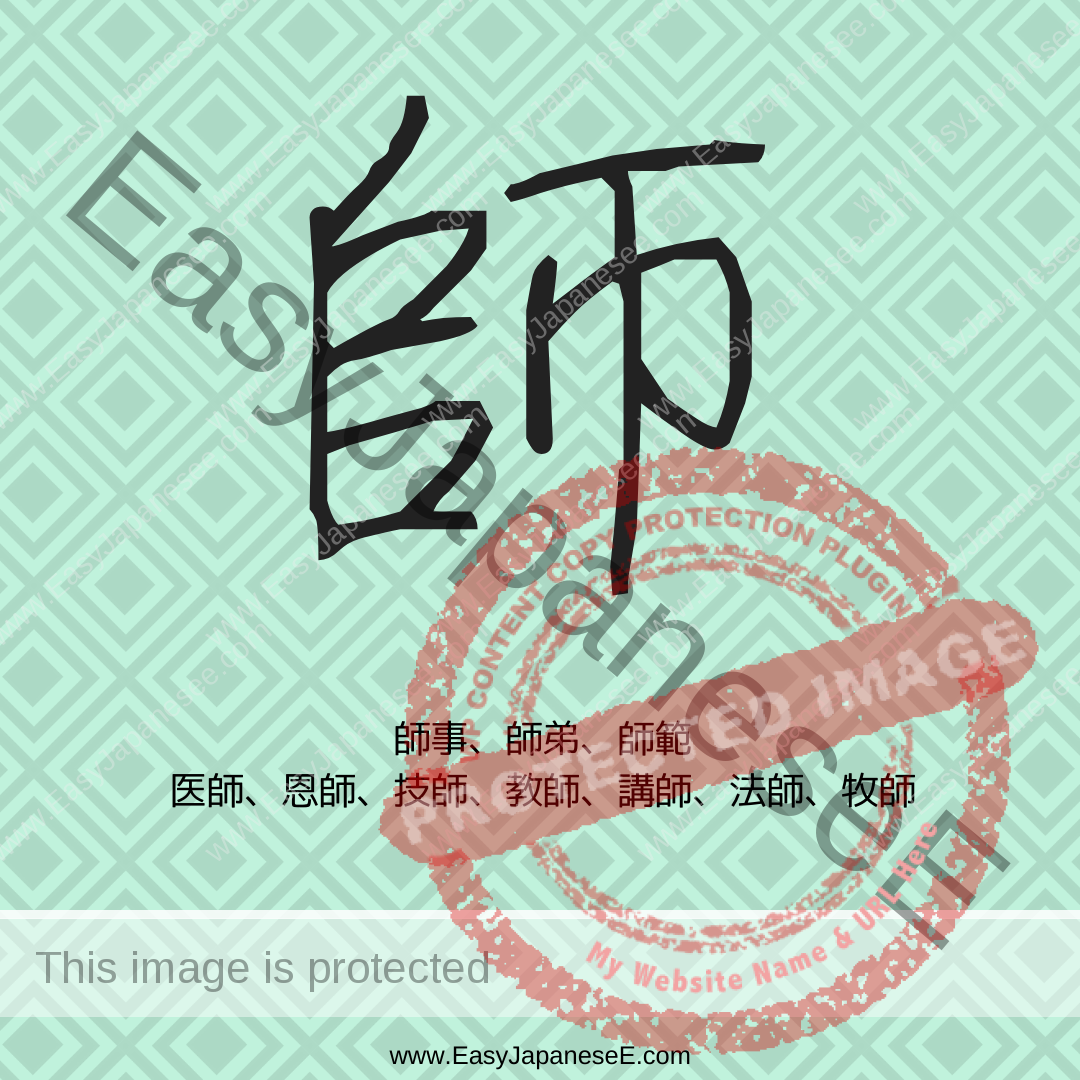
Today’s #kanji is #師. It is listed under the radical of #はば(巾) but its semantic element is the left-hand side (ノ and 㠯) and 帀 is the phonetic element, though 師 and 帀 don’t share a sound in Japanese.
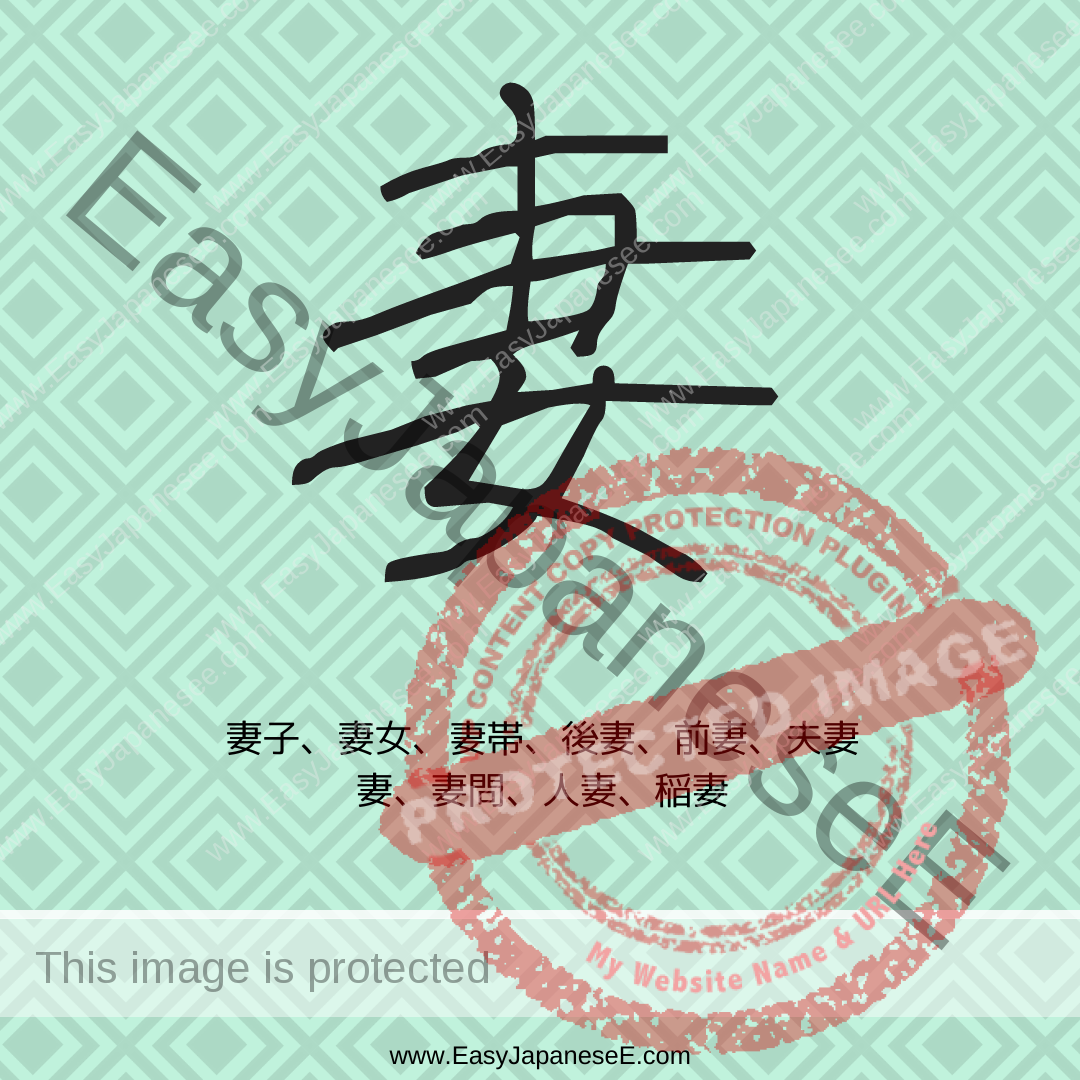
Today’s #kanji is #妻, which is listed under the radical of #おんな(女). There is more than one theory on how this kanji was developed. Read on and find out …

Today’s #kanji is #客, which is made of its semantic element of #うかんむり(宀) and phonetic element of 各 although the common reading of 客 is different from that of 各.
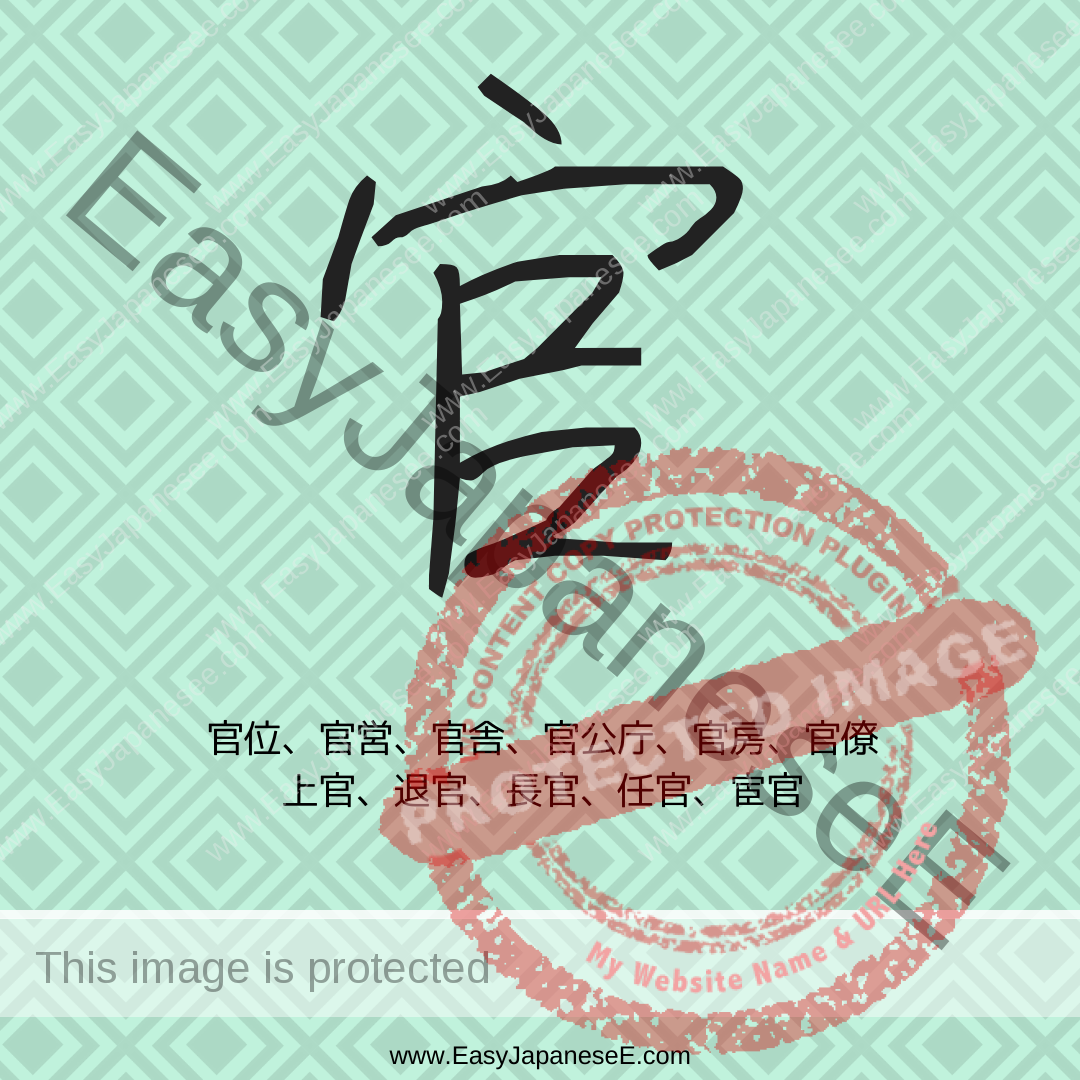
Today’s #kanji is #官, which is a combined ideograph between #うかんむり(宀), representing a house/building, and 㠯, to gather. So what does 官 mean then?
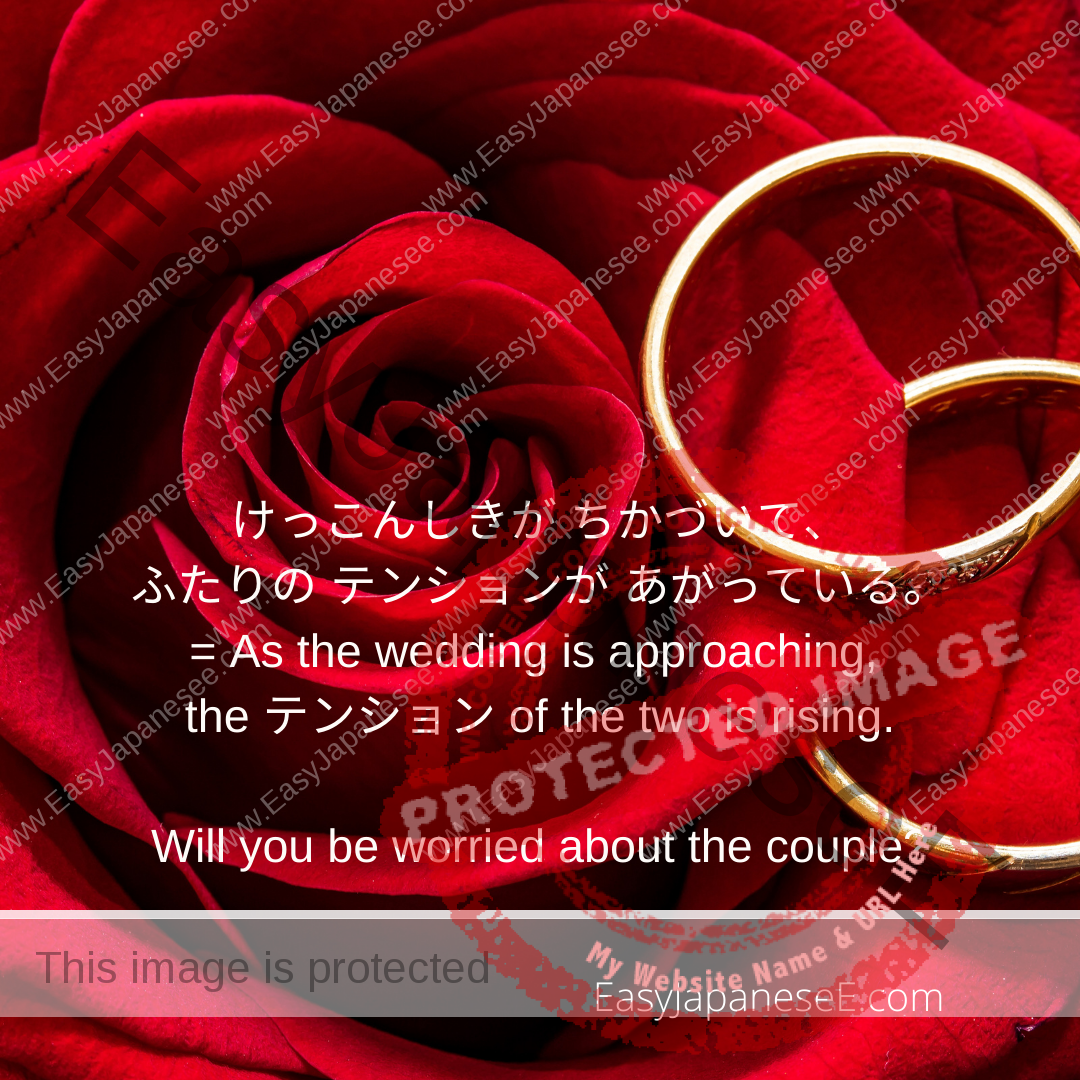
テンション in Japanese is quite different from its origin “tension.” This post explains what it actually means and how it is used in the Japanese language.
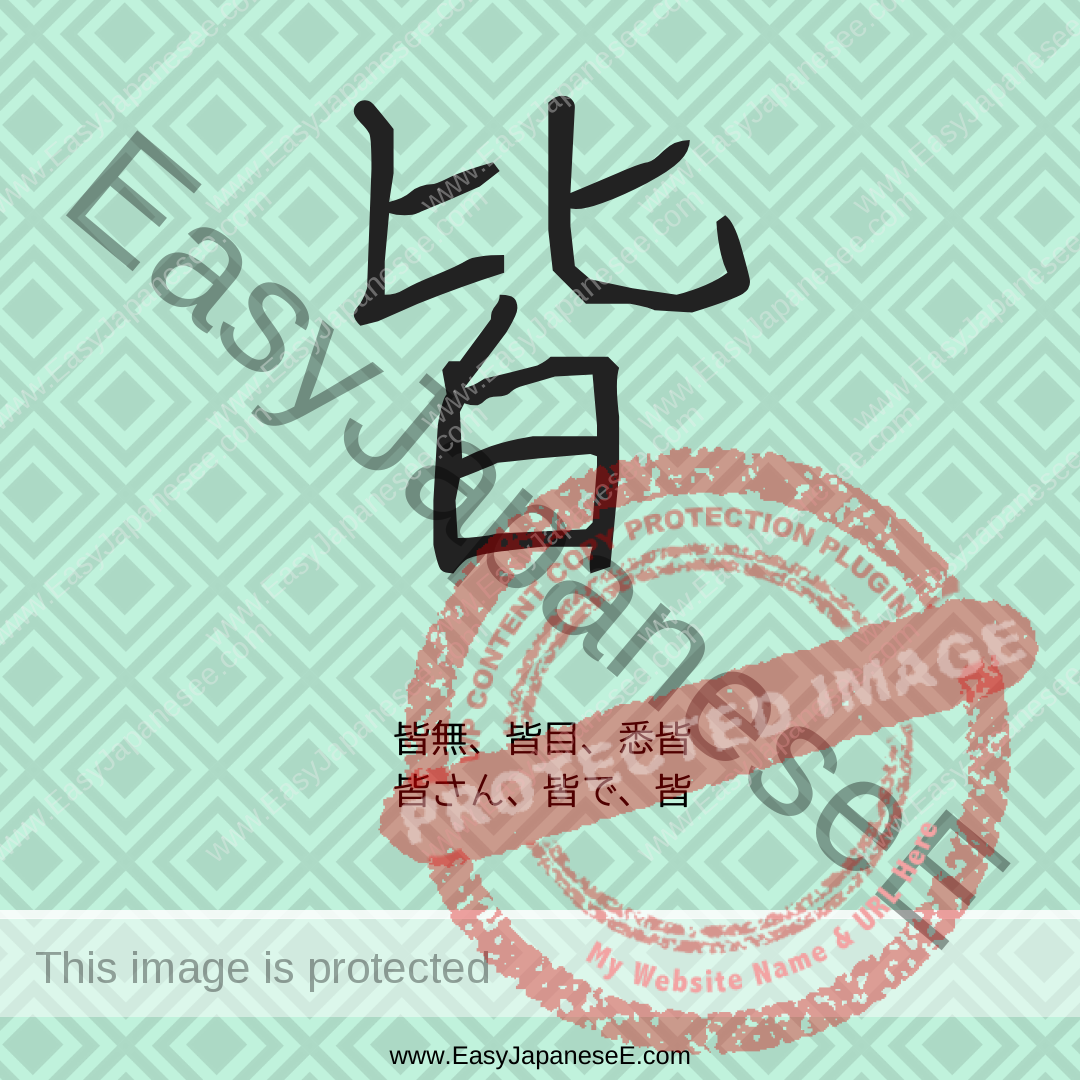
Today’s #kanji is #皆, which is a compound ideograph between 比 and 白. 比 has the meaning of “to line up” and 白 has the meaning of “to state.” So can you guess what 皆 means?
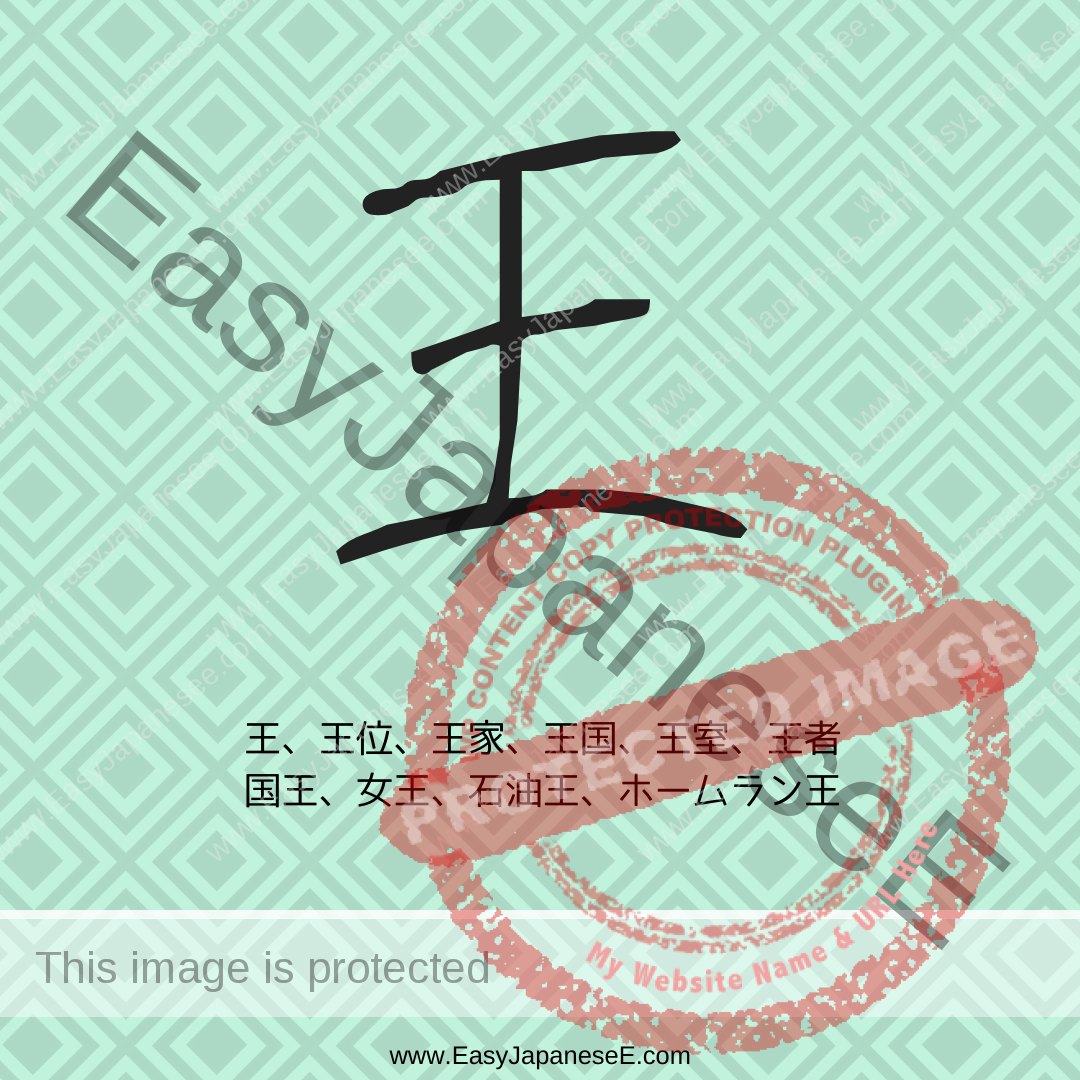
Today’s #kanji is #王, which is listed under the radical of #たまへん(玉). 王 is a pictograph depicting a broad-ax, which is a symbol for sovereignty.
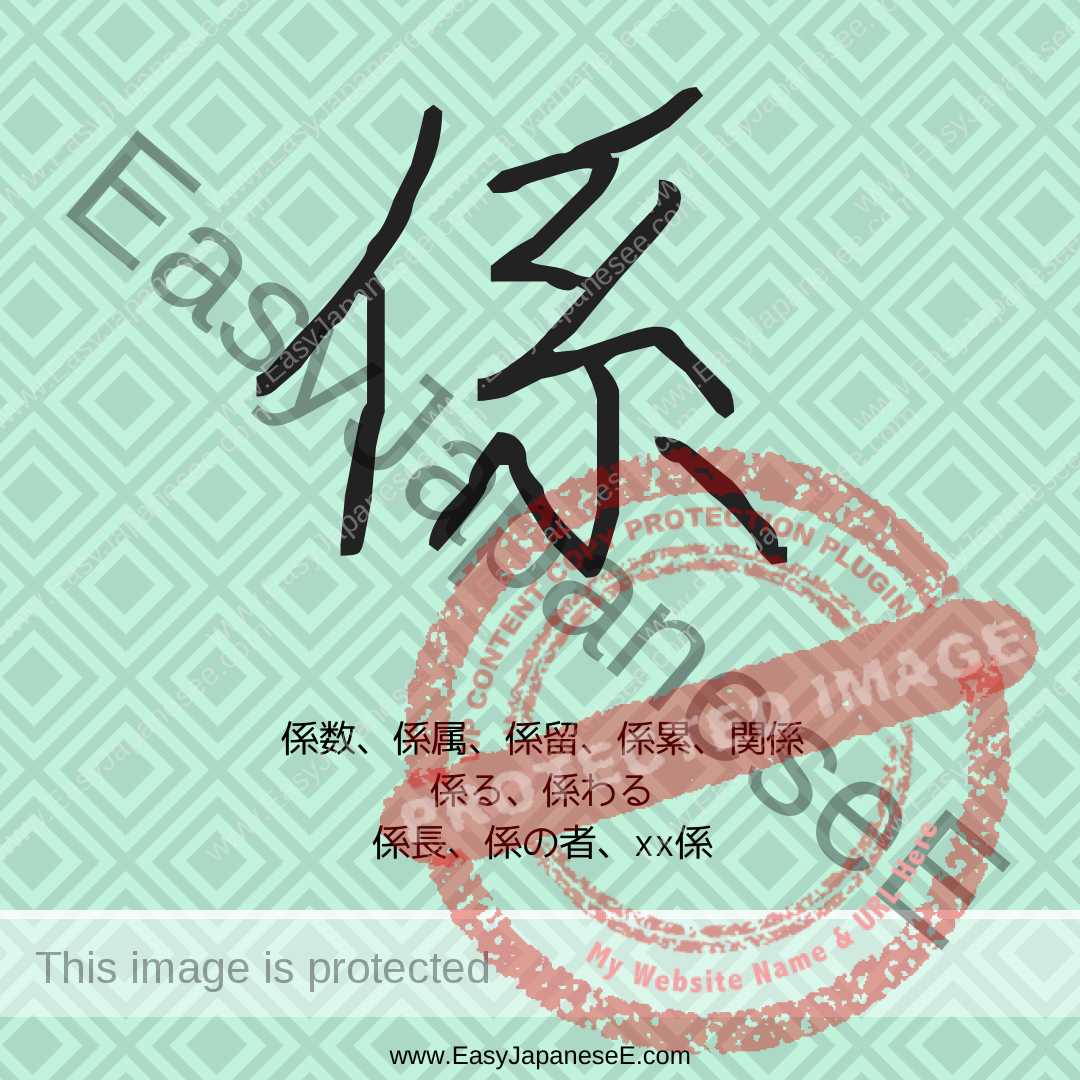
Today’s #kanji is #係, which is made of its semantic element of #にんべん(亻) and phonetic element of 系. 系 has a meaning of “to connect.” Can you guess what 係 means then?
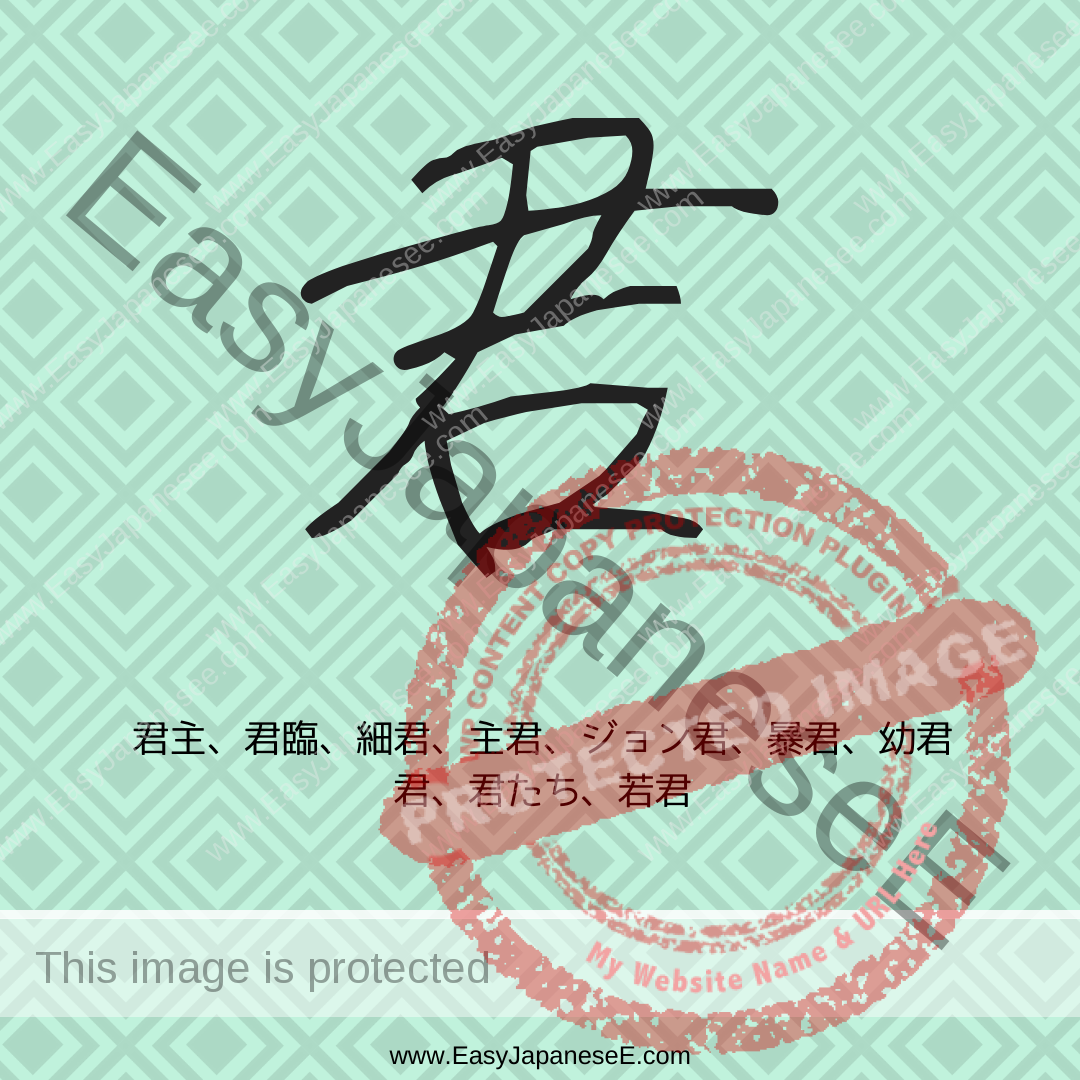
Today’s #kanji is #君, which is listed under the radical of #くち(口) and it is an compound ideograph between 尹 (a ruler) and 口 (an order).
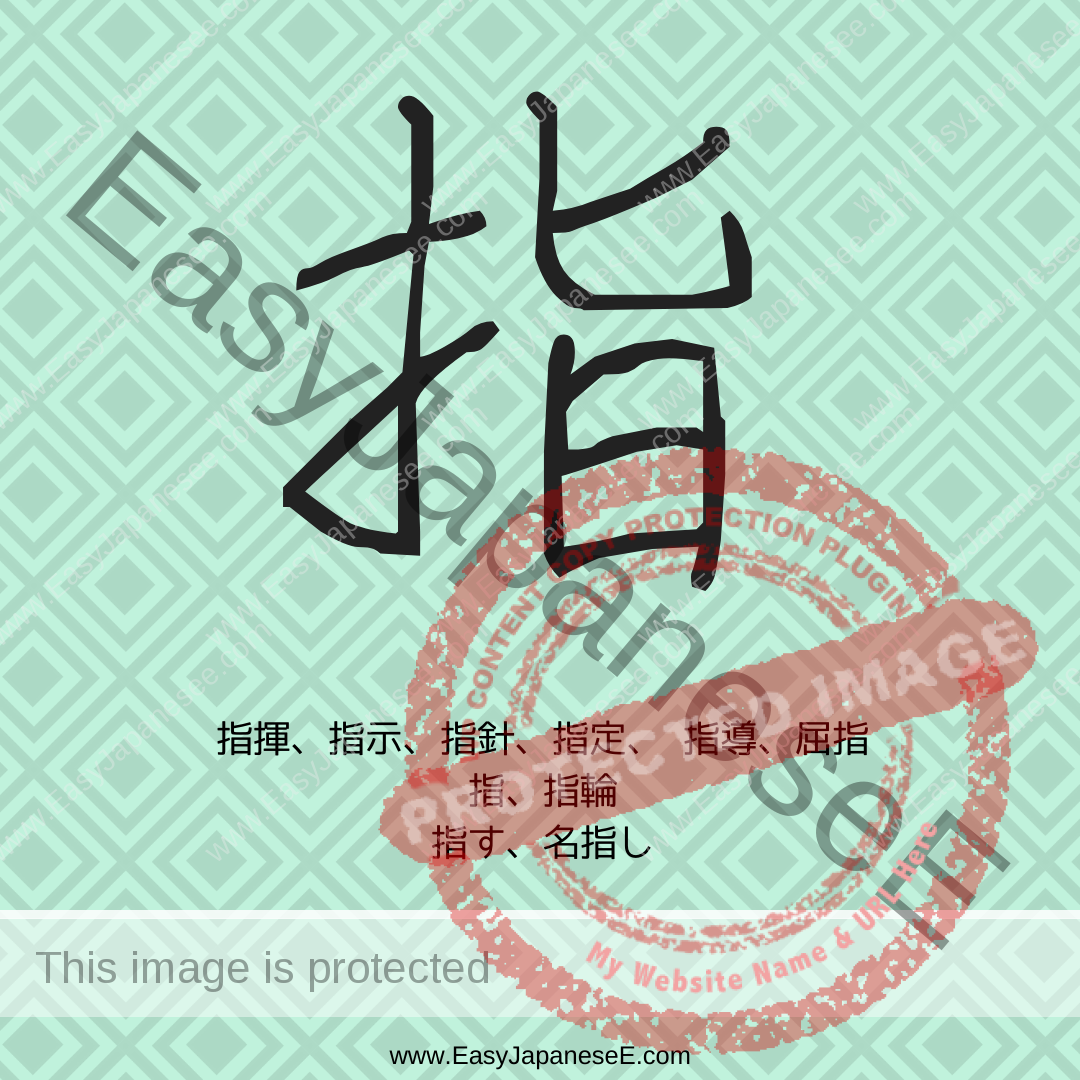
Today’s #kanji is #指, which is made of its semantic element of #てへん(扌) and phonetic element of 旨 and it means fingers. Check the name of each finger in your hand here!

みんな なにかに コンプレックスがあります。
What does コンプレックス mean?
コンプレックス is originally a German word. Read on to find out what it means.
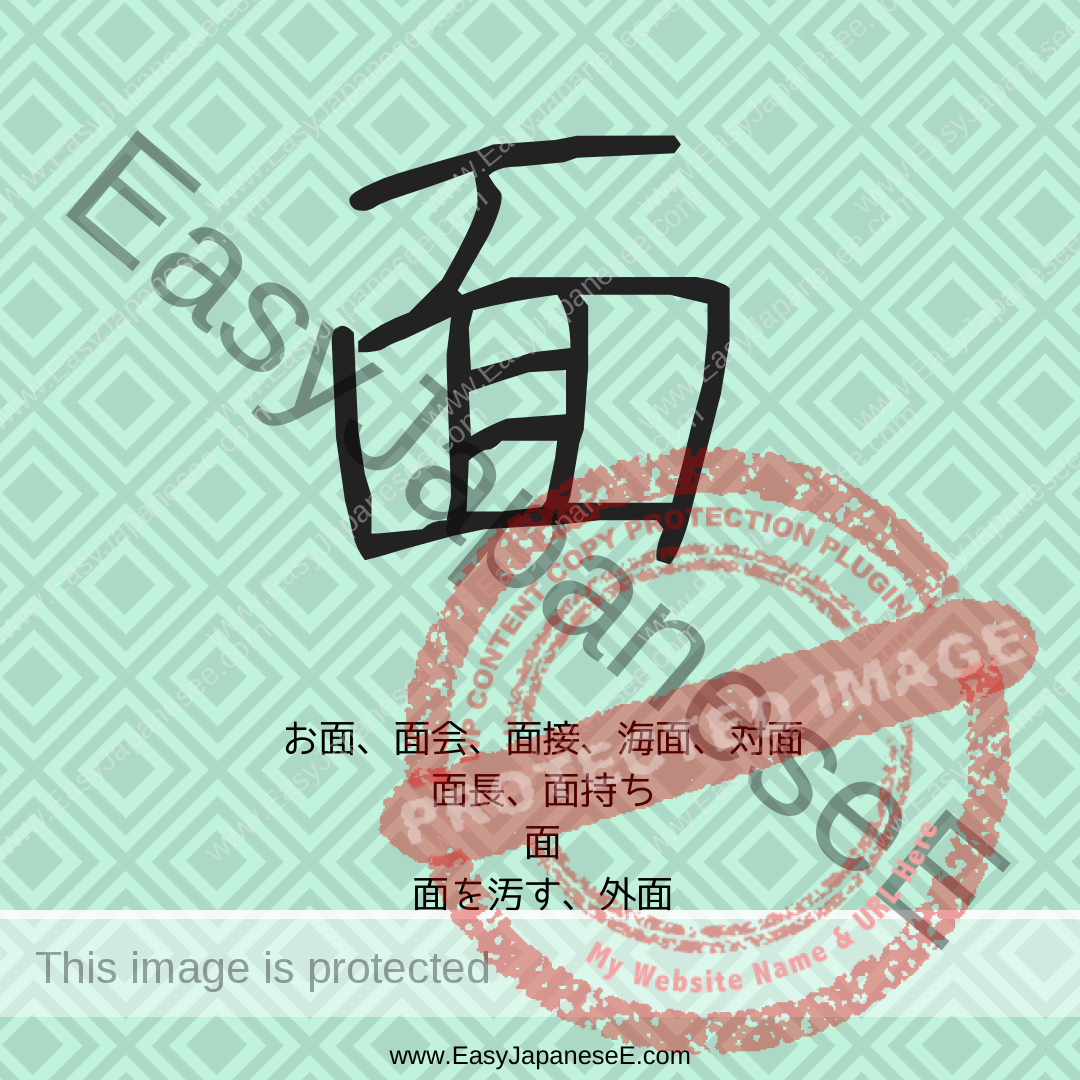
Today’s #kanji is #面, which makes its own radical, #めん, Some say it is a pictograph depicting the contour of a face and a neck. Others say it is a compound ideograph between the contour of the head/neck and a face-mask.
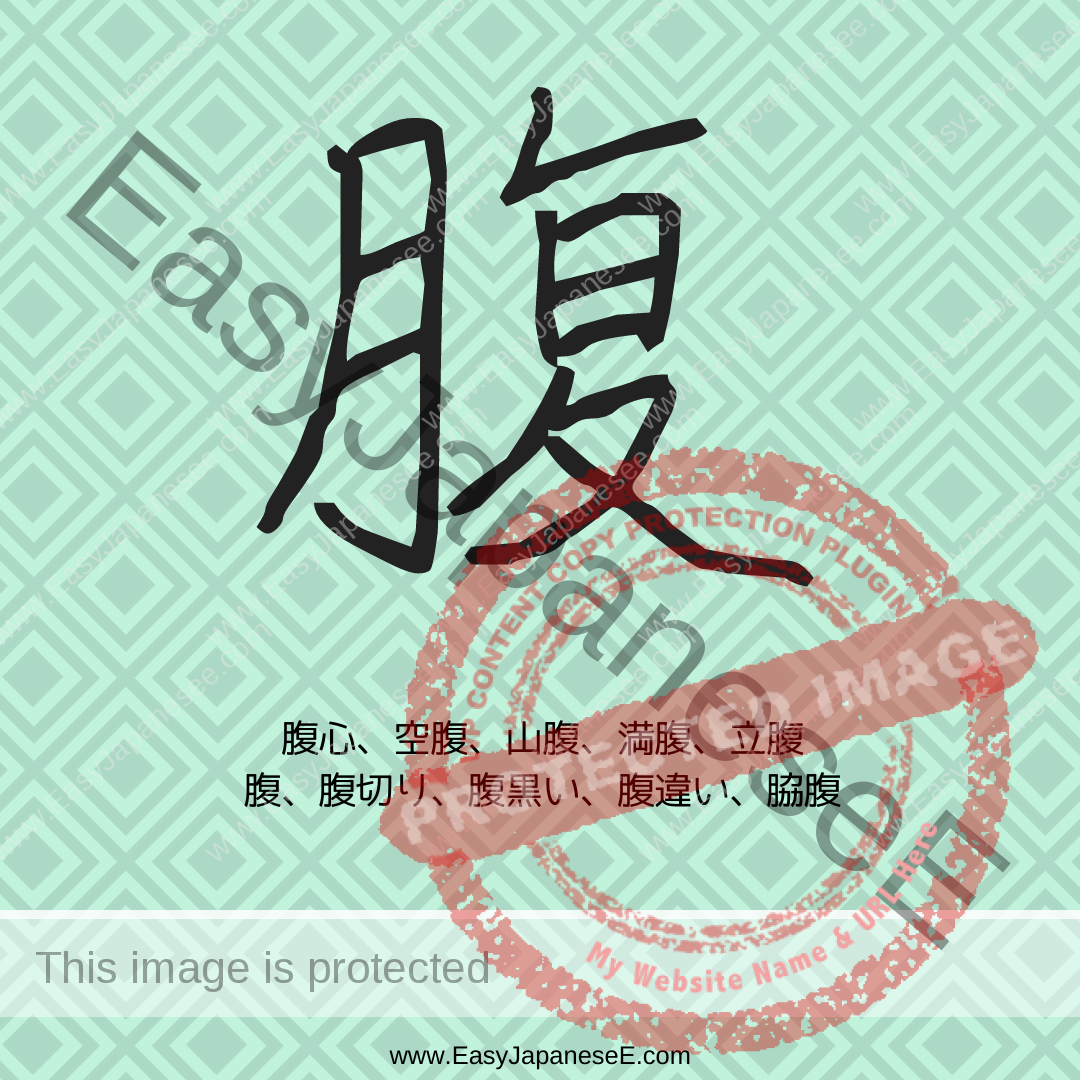
Today’s #kanji is #腹, which is made of its semantic element of #にくづき(月) and phonetic element of 复. 复 has a meaning of “to cover.” Do you know what it means then?
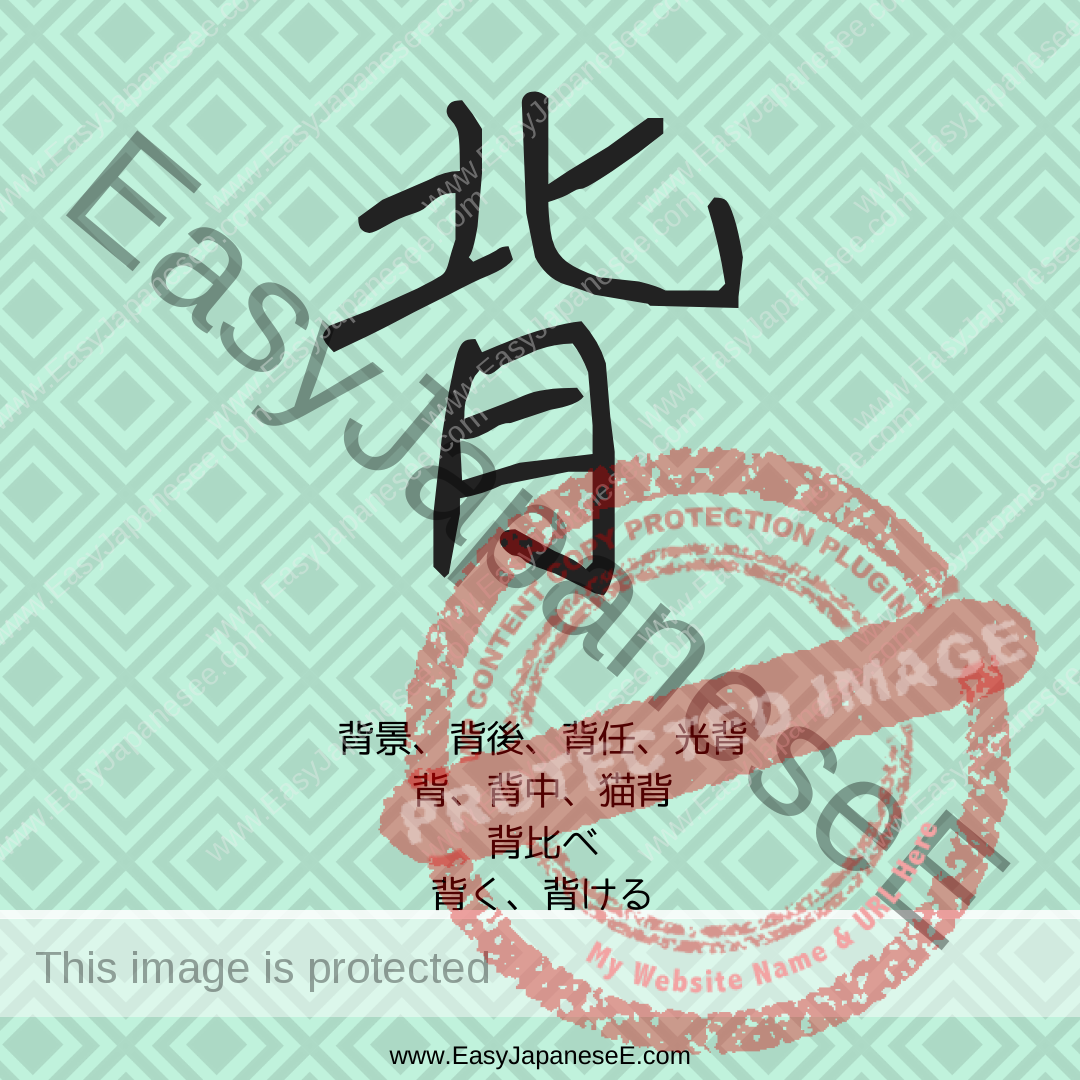
Today’s #kanji is #背, which is made of its semantic element of #にくづき(月) and phonetic element of 北, although 背 and 北 don’t share a sound.
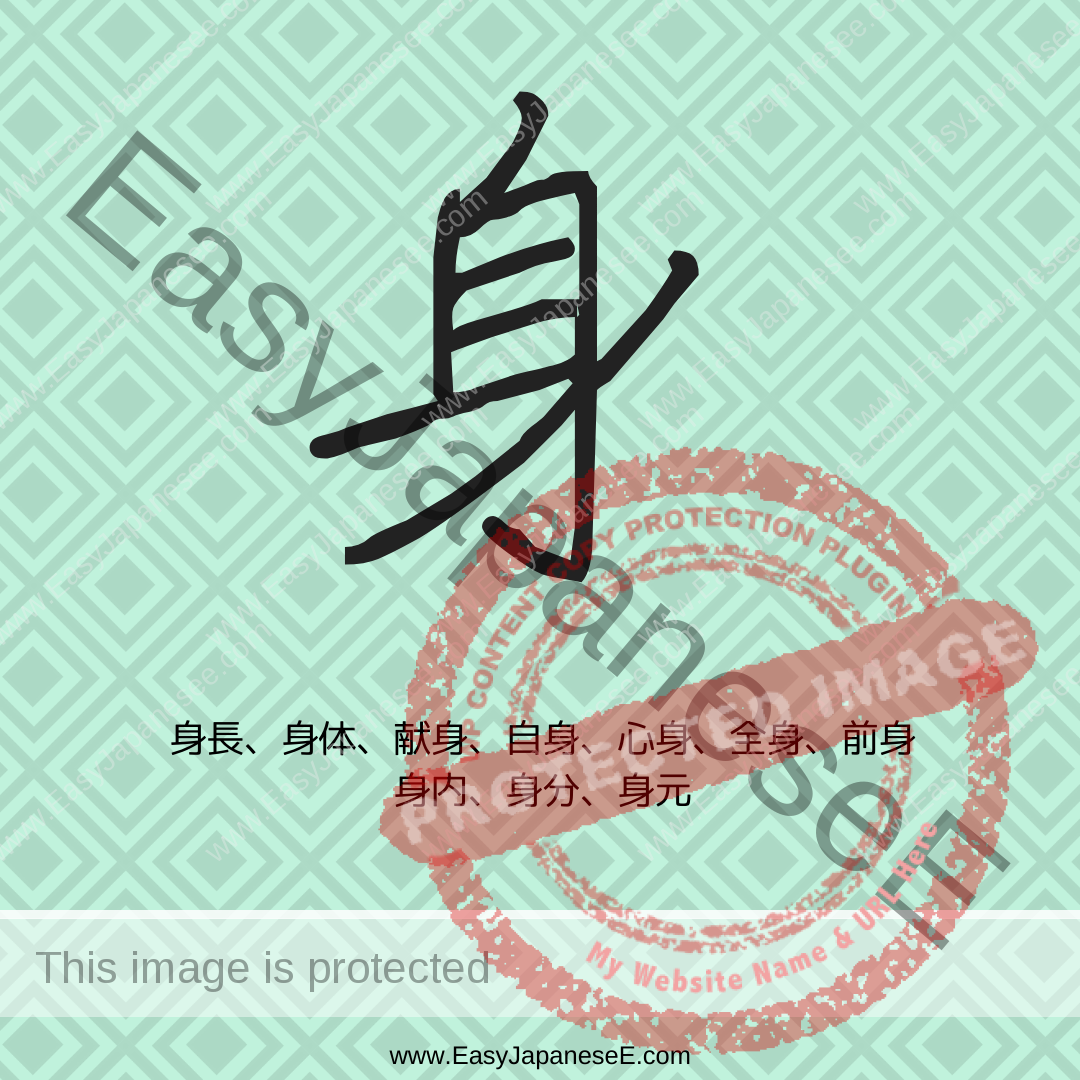
Today’s #kanji is #身, which makes its own radical #みへん. It is a pictograph depicting a pregnant woman.
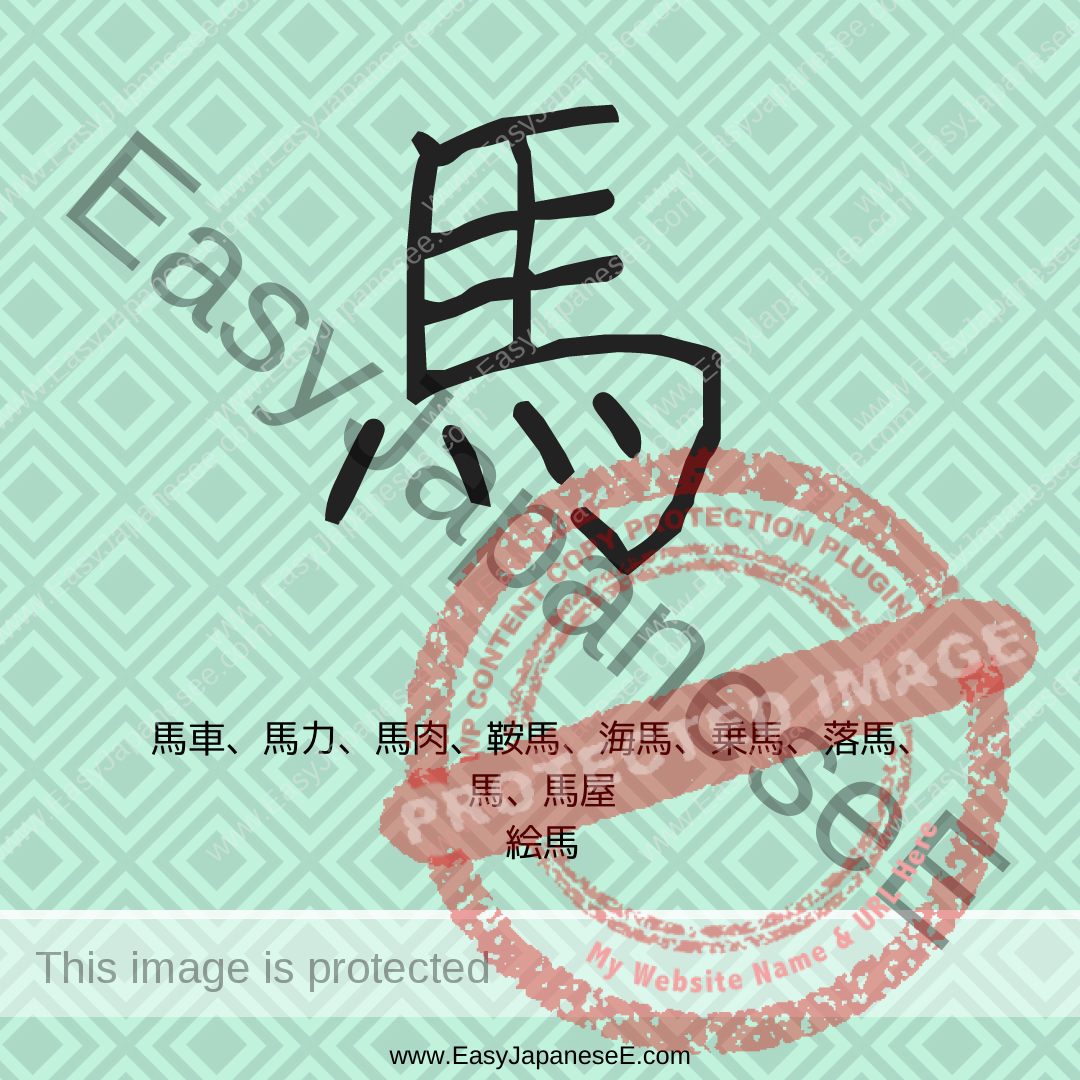
Today’s #kanji is #馬, which makes its own radical, #うまへん. It is a pictogram with a horse’s head, mane, tail and legs.

ネイティブ is the Katakana transliteration of the English word “native” but what it means is quite different from what Australian people think of “native.”

Today’s #kanji is #程, which is listed its semantic element of #のぎへん(禾). Its phonetic element is 呈. 禾 is for “grains” and 呈 has the same meaning as 第, an ordinal.
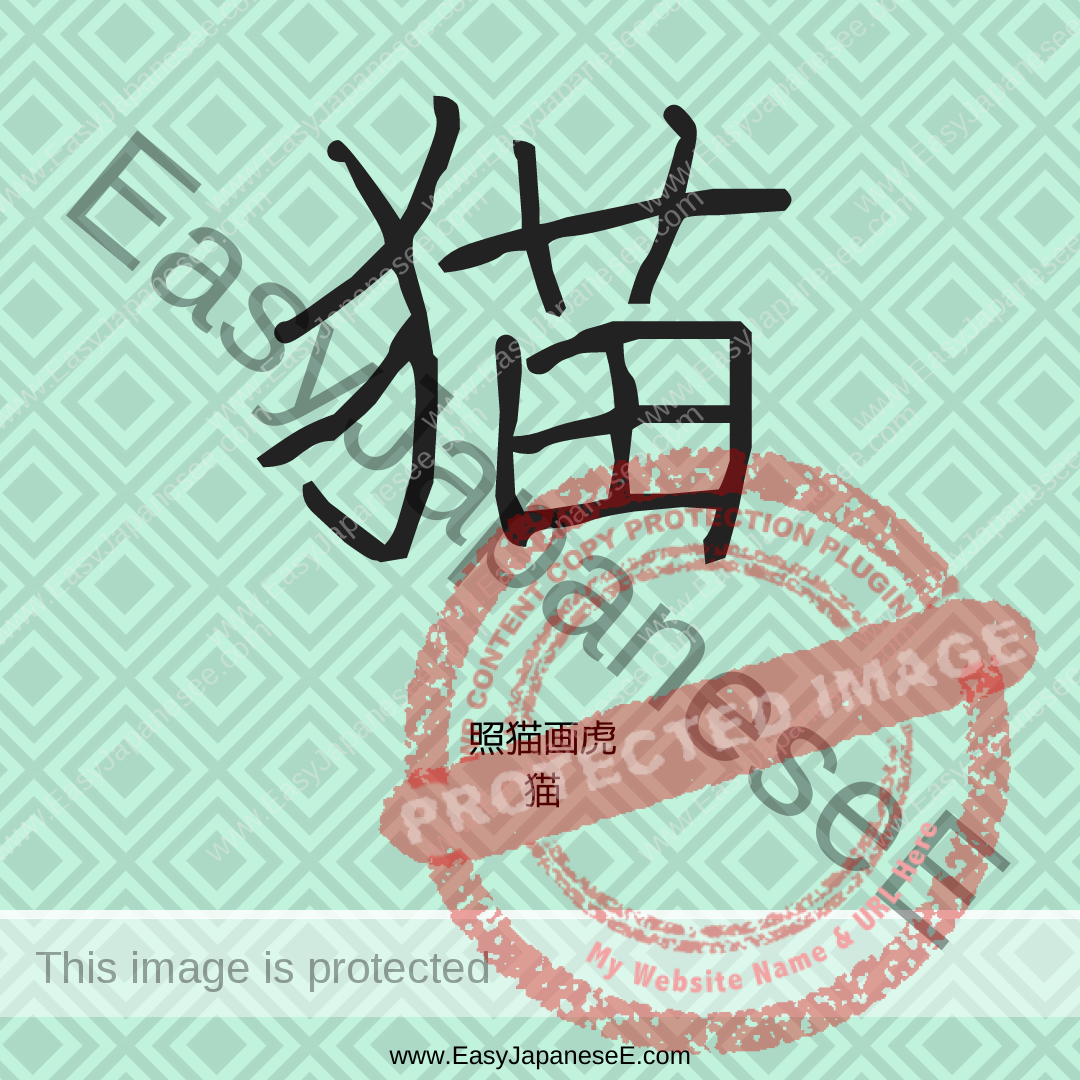
Today’s #kanji is #猫, which is made of its semantic element of #けものへん(犭) and phonetic element of 苗. So do you know the Onyomi for this character?
